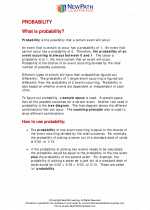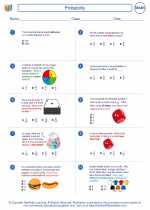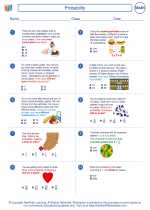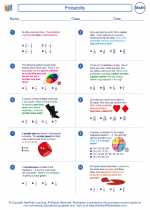Rain Gauge
A rain gauge is a meteorological instrument used to measure the amount of precipitation (rainfall) over a certain period of time. It is a simple and effective tool for monitoring and recording the amount of rain that falls in a specific area.
How does a Rain Gauge Work?
A typical rain gauge consists of a cylindrical container with a funnel at the top to collect rainfall. The rainwater is then funneled into a measuring tube, which is marked with measurements to indicate the amount of rainfall. The collected water is then measured in inches or millimeters, depending on the scale of the gauge.
Types of Rain Gauges
There are several types of rain gauges, including standard rain gauges, tipping bucket rain gauges, and weighing rain gauges. Each type has its own method of collecting and measuring rainfall, but they all serve the same purpose of quantifying precipitation.
Using a Rain Gauge
To use a rain gauge, it should be placed in an open area away from obstructions such as buildings or trees, to ensure accurate measurements. After a rainfall event, the collected water should be measured and recorded. The data collected from the rain gauge can be used for various purposes such as weather forecasting, agriculture, and water resource management.
Study Guide
- What is the purpose of a rain gauge?
- Describe how a rain gauge works.
- Explain the types of rain gauges.
- How should a rain gauge be placed for accurate measurements?
- What are the uses of data collected from a rain gauge?
◂Math Worksheets and Study Guides Sixth Grade. Probability

 Worksheet/Answer key
Worksheet/Answer key
 Worksheet/Answer key
Worksheet/Answer key
 Worksheet/Answer key
Worksheet/Answer key
